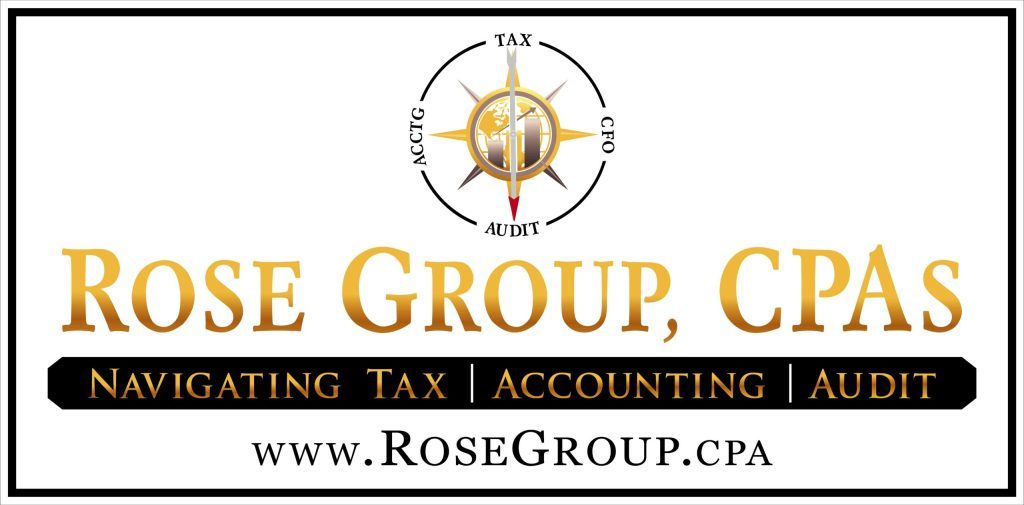As a business owner or investor, understanding the tax advantages available through Qualified Small Business Stock (QSBS) can result in substantial tax savings. This powerful tax incentive, codified under Section 1202 of the Internal Revenue Code, offers one of the most generous tax exclusions available to investors in qualifying small businesses.
What is Qualified Small Business Stock (QSBS)?
Qualified Small Business Stock (QSBS) refers to stock in a domestic C corporation that meets specific requirements set forth by the IRS. When these requirements are satisfied, shareholders may exclude a significant portion of their capital gains from federal taxation when they sell their stock, provided they meet certain holding period and other requirements.
The QSBS provision was originally enacted in 1993 to encourage investment in small businesses by providing substantial tax incentives to early-stage investors and founders.
What Stock Qualifies for QSBS Treatment?
For stock to qualify as QSBS, it must meet several stringent requirements:
Business Requirements
- The issuing entity must be a domestic C corporation
- The corporation must be engaged in an active trade or business
- At least 80% of the corporation’s assets (by value) must be used in the active conduct of qualifying business activities
Size Limitations
- The corporation’s gross assets must not exceed $50 million at the time the stock is issued
- This threshold is measured both when the stock is issued and immediately after issuance
Original Issuance Requirement
- The stock must be acquired directly from the corporation in exchange for money, property (other than stock), or services
- Stock acquired from other shareholders or through secondary markets generally does not qualify
Timing Requirements
- The stock must have been issued after August 10, 1993
- The shareholder must hold the stock for at least five years to qualify for the exclusion
Common Misconceptions About QSBS
It’s easy to assume that any stock in a small C corporation will qualify for QSBS treatment, but that’s not the case. A few important points to keep in mind:
• Not all C corps qualify – service-based companies like law firms, medical practices, and accounting firms are excluded.
• Converting doesn’t help retroactively – if you start as an LLC or S corporation and later convert to a C corp, only stock issued after the conversion may qualify.
• Secondary market purchases don’t count – you must acquire the stock directly from the corporation (not from another shareholder) for it to qualify.
Understanding these nuances early can prevent disappointment later when you’re planning an exit or investment strategy.
Tax Benefits of QSBS
The primary benefit of QSBS is the ability to exclude capital gains from federal taxation. The amount of exclusion available depends on when the stock was acquired:
Exclusion Percentages by Acquisition Date
- Stock acquired after September 27, 2010: 100% exclusion of qualified gain
- Stock acquired between February 18, 2009, and September 27, 2010: 75% exclusion
- Stock acquired before February 18, 2009: 50% exclusion
This exclusion applies to federal income tax and, in many cases, can also provide state tax benefits depending on your state’s conformity with federal tax law.
Maximum Exclusion Limits
The QSBS exclusion is subject to a per-company, per-taxpayer limit. For each qualifying company, a taxpayer may exclude the greater of:
- $10 million in qualified gain, or
- 10 times the taxpayer’s adjusted basis in the QSBS of that company
Example: How QSBS Saves Taxes
Imagine you invest $100,000 in a qualifying C corporation and later sell your shares for $1,100,000. That’s a $1,000,000 gain.
• Without QSBS: At the 23.8% federal capital gains rate, you would owe roughly $238,000 in taxes.
• With QSBS (100% exclusion): You could pay zero federal tax on that gain.
That’s the power of QSBS—potentially millions in tax savings for early investors and business owners.
Recent Legislative Changes
It’s important to note that while various legislative proposals have been introduced over the years that might affect QSBS benefits, as of the current tax law, the exclusion limits remain as described.
Disqualified Stock and Special Cases
Not all small business stock qualifies for QSBS treatment. Several categories of businesses and stock arrangements are specifically excluded:
Disqualified Businesses
- Professional service businesses (law, medicine, accounting, consulting, etc.)
- Banking and insurance companies
- Farming businesses
- Natural resource extraction companies
- Hotels, motels, restaurants, and similar hospitality businesses
Disqualified Stock Features
- Stock that provides preferential dividend rights
- Stock that provides preferential liquidation rights
- Stock subject to redemption agreements (with certain exceptions)
Special Redemption Rules
If the corporation redeems any of its stock from the taxpayer or related parties during the four-year period beginning two years before the stock issuance, the redemption may disqualify the stock from QSBS treatment.
Transfers, Pass-Through Entities, and Rollover Opportunities
Transfers Between Related Parties
QSBS treatment generally remains intact when stock is transferred by gift or inheritance. However, the holding period requirement continues to apply, and certain other limitations may affect the transferee’s exclusion amount.
Pass-Through Entities
S corporations, partnerships, and LLCs cannot issue QSBS directly. However, these entities may hold QSBS and pass the tax benefits through to their owners, subject to specific rules and limitations.
Section 1045 Rollover
Taxpayers who sell QSBS before meeting the five-year holding period may defer recognition of gain by reinvesting the proceeds in new QSBS within 60 days. This rollover provision allows investors to maintain their tax benefits while diversifying their investments.
Tax Rate Exclusion and Alternative Minimum Tax (AMT)
Federal Income Tax Treatment
Qualified gains excluded under Section 1202 are completely exempt from federal income tax. This represents a significant advantage over other preferential tax treatments that merely reduce the tax rate rather than eliminating it entirely.
Alternative Minimum Tax Considerations
The AMT treatment of QSBS exclusions depends on the acquisition date:
- Stock acquired after September 27, 2010: The excluded gain is not treated as a preference item for AMT purposes, meaning there is no AMT impact
- Stock acquired between August 11, 1993, and September 27, 2010: The excluded portion may be subject to AMT as a preference item
State Tax Implications
While QSBS provides federal tax benefits, state tax treatment varies significantly:
- Some states conform to the federal exclusion
- Others may tax the excluded gain at ordinary state rates
- A few states provide their own enhanced exclusions for qualifying investments
State Differences to Watch
Not all states conform to federal QSBS rules. For example, California, New Jersey, Pennsylvania, Mississippi, and Alabama generally do not allow the federal exclusion. Always check your state’s treatment before planning a sale.
Planning Opportunities and Considerations
Early-Stage Planning
Business owners should consider QSBS qualification from the entity’s formation. Key considerations include:
- Choosing C corporation status rather than pass-through election
- Maintaining qualifying business activities
- Managing the $50 million gross assets threshold
- Structuring equity compensation to preserve QSBS benefits
Exit Strategy Integration
QSBS benefits should be integrated into overall exit planning strategies, considering:
- Timing of sales to meet holding period requirements
- Structuring transactions to preserve qualification
- Coordinating with other tax planning opportunities
- Managing the interaction with installment sale treatment and other deferral strategies
Planning in Action
A founder issues themselves QSBS at incorporation with a basis of $10,000. Ten years later, the company sells and the founder’s shares are worth $12 million. Because of QSBS, they may be able to exclude $10 million of gain from federal tax.
With advance planning, that benefit can be multiplied. For example, by gifting shares to family members or irrevocable trusts before the sale, each donee may be eligible for their own $10 million exclusion limit. This type of strategy can dramatically increase the total tax savings available to a family.
Conclusion
Qualified Small Business Stock represents one of the most powerful tax incentives available to small business investors and founders. With proper planning and compliance with the detailed requirements, eligible taxpayers can exclude millions of dollars in capital gains from federal taxation.
Given the complexity of the QSBS rules and the significant tax benefits at stake, it’s crucial to work with qualified tax professionals who can help ensure compliance and maximize the available benefits. The interplay between federal and state tax rules, combined with the detailed technical requirements, makes professional guidance essential for optimal tax planning.
The QSBS rules are complex and subject to change. Please contact us to determine how these rules apply to your specific situation.


